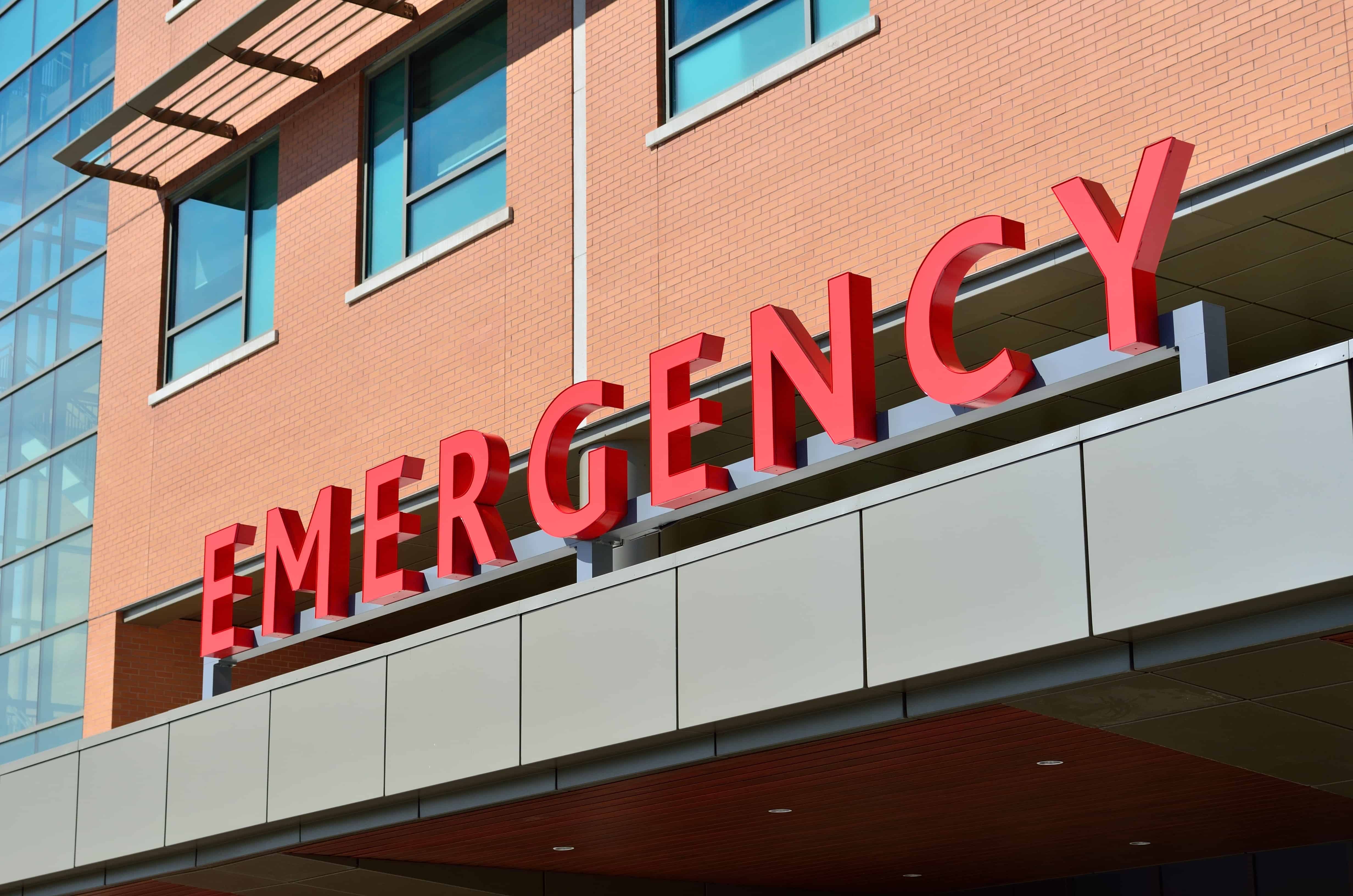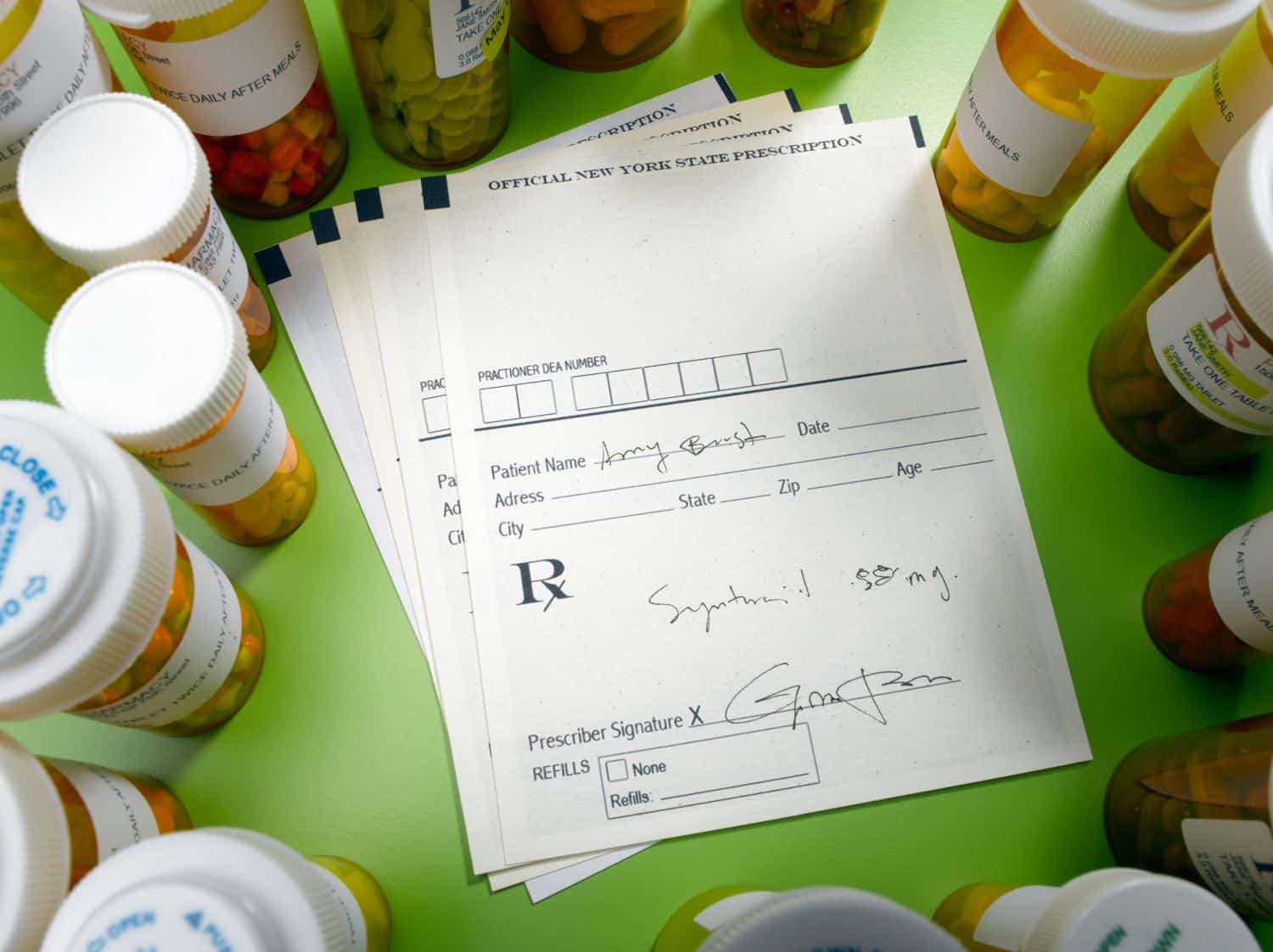This resource page provides information to help navigate the current wave of the overdose crisis — with tools rather than fear. Our goal is to save lives, prevent overdose, and effectively respond to overdoses when they occur.
What is Fentanyl?
Fentanyl is an opioid drug that acts upon the opioid receptors in the brain. A few things that can be important to know include the facts that:
- Fentanyl is approximately 50 times more potent than heroin and produces more immediate yet shorter lasting effects.
- When opioid receptors are activated in our nervous system, our breathing slows.
With opioids as intense as fentanyl, it doesn’t often take much to depress our breathing to dangerously low rates or to stop our breathing entirely – what we call an opioid overdose.
When we talk about fentanyl, we can be referring to:
- Pharmaceutical fentanyl that has been prescribed safely and effectively for severe pain for over 50 years, and is among the most commonly used pain management drugs during childbirth;
- Illicitly manufactured synthetic opioids made and sold outside of the controls and safety of the pharmaceutical market – often referred to as street drugs or illegal drugs. These can be similar to pharmaceutical fentanyl, but vary in many ways due to the unregulated nature of the illicit market where ensuring quality, dosage, and safety are more difficult.
The most reliable way to distinguish between a prescription and an illicitly manufactured drug is to find the source. Even if it’s a pill, if you can’t guarantee it came from a pharmacy, caution is critical.
What Does the Data Tell Us?
There are over 100,000 overdose deaths each year in the United States — as a point of comparison, the largest U.S. football stadium at the University of Michigan holds 107,000 people.
Currently, about 70% of overdose deaths each year involve a synthetic opioid.
Drug overdose death rates are highest for adults between the ages of 35 and 44 years old, with the 24-34 year old age group following closely behind. In addition to these deaths, there are approximately 17,000 prescription opioid-related deaths and 9,000 heroin related overdose deaths annually.
In today’s drug market, it’s important to understand that most overdoses involve a mixture of drugs, often taken together within what appears to be a single product like a pill or powder.
It can be helpful to zoom out to the larger scale of opioid use and overdose impact to understand how we can help. Overall, approximately 8.9 million Americans misuse opioids each year. Of that 8.9 million, about 1 million self-report having used fentanyl. However, this is considered to likely be a significant underestimation due to individuals often not being aware of if/when fentanyl is in their drugs.
As fentanyl has largely saturated the drug market, all of these influences have now contributed to a situation where individuals don’t know about fentanyl, can’t tell which drugs do or don’t have fentanyl, or have a lack of alternatives that don’t contain fentanyl at all.
As a result, over 70% of the more than 100,000 overdose deaths annually in the United States involve a synthetic opioid — but it doesn’t have to be this way.
Know How to Save a Life
With this short video, learn what an opioid overdose is, how to recognize one, and be prepared to save a life with naloxone.
Ready to take the next step? In our full-length training, you will also learn the basics of harm reduction and opioids themselves, as well as additional information regarding topics such as Good Samaritan laws.
A Note About Fentanyl and Experimentation
One of the most challenging impacts to make sense of and communicate well about is that fentanyl severely narrows what was the relatively safe initiation of substance use and the experimentation with new drugs. In the past, it wasn’t the beginning of someone’s relationship with a substance that was the most risky; it was more often the progression into chaotic use where concerns arose. This changes when fentanyl caters to individuals with established opioid tolerance. With opioids as strong as fentanyl, it is tolerance that actually helps protect someone against overdose if they continue to use it.
However, for people experimenting with drugs without ever having established a tolerance, or who have lost their tolerance, the on-ramp can be a dangerous place with a very narrow window of safety.
How to Navigate Risk
To understand where risk is, we must clarify that fentanyl is most often found and sold in three forms: pills, powders, and crystalline drugs.
For those that use drugs, there are a number of risk reduction techniques that are important:
- First, let’s look after each other. Never use drugs while alone if you can help it. Resources such as the Never Use Alone Lifeline can help.
- For individuals who primarily inject their drugs, it is important to slow down and consider alternatives.
One of the most tragic yet empowering truths is that every opioid overdose death is preventable and reversible if naloxone is used in time by someone willing to help.
Even if you don’t use, or aren’t using, you can still help others out! Carrying fentanyl testing strips with you can allow you to distribute these tools to folks who could use them. For example, if you’re at a party or festival, and you see folks intending on using together, help keep them safe by offering fentanyl testing strips.
Have at least two doses of naloxone on hand. Naloxone is very effective at saving lives in the instance of an opioid overdose, particularly if used quickly after the onset of emergency symptoms by a bystander.
Be prepared to intervene with naloxone. If you have not yet been trained on how to use or obtain naloxone, check out our Opioid Overdose Response Training!
Check drugs with fentanyl testing strips. Knowledge of the presence of fentanyl is critical to overdose prevention, even if testing strips cannot show how much fentanyl there may be.

Have a Safety Plan
Having a safety plan can help reverse the silence on the addiction epidemic. As a harm reduction tool, SAFE Project’s downloadable Safety Plan with tips can help individuals who use drugs prevent overdose. Display your safety plan where it is easily seen or accessible and give your safety plan to people you trust will use it.
Dispose of Unused Medication
The importance of at-home drug disposal cannot be overstated — unused or expired medications lingering in household cabinets pose a significant risk. Many communities offer convenient methods, such as drug take-back programs or disposal kits, making it easier than ever to rid homes of these potential hazards. Embracing responsible drug disposal practices not only safeguards families from unintended consequences but also contributes to a collective effort to curb the opioid epidemic and protect our communities from the devastating impact of substance use disorder.



